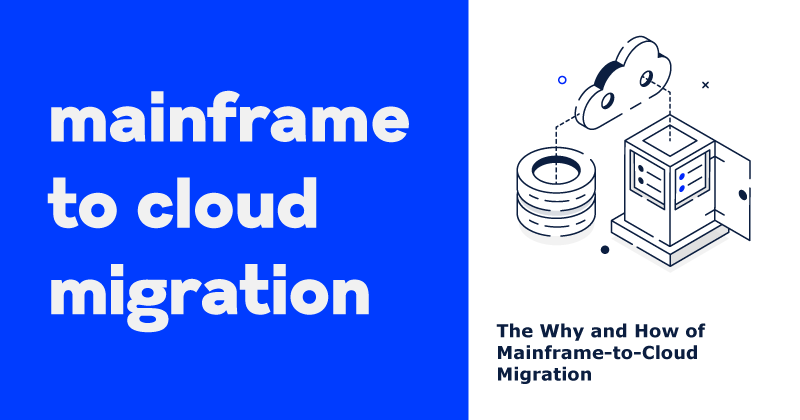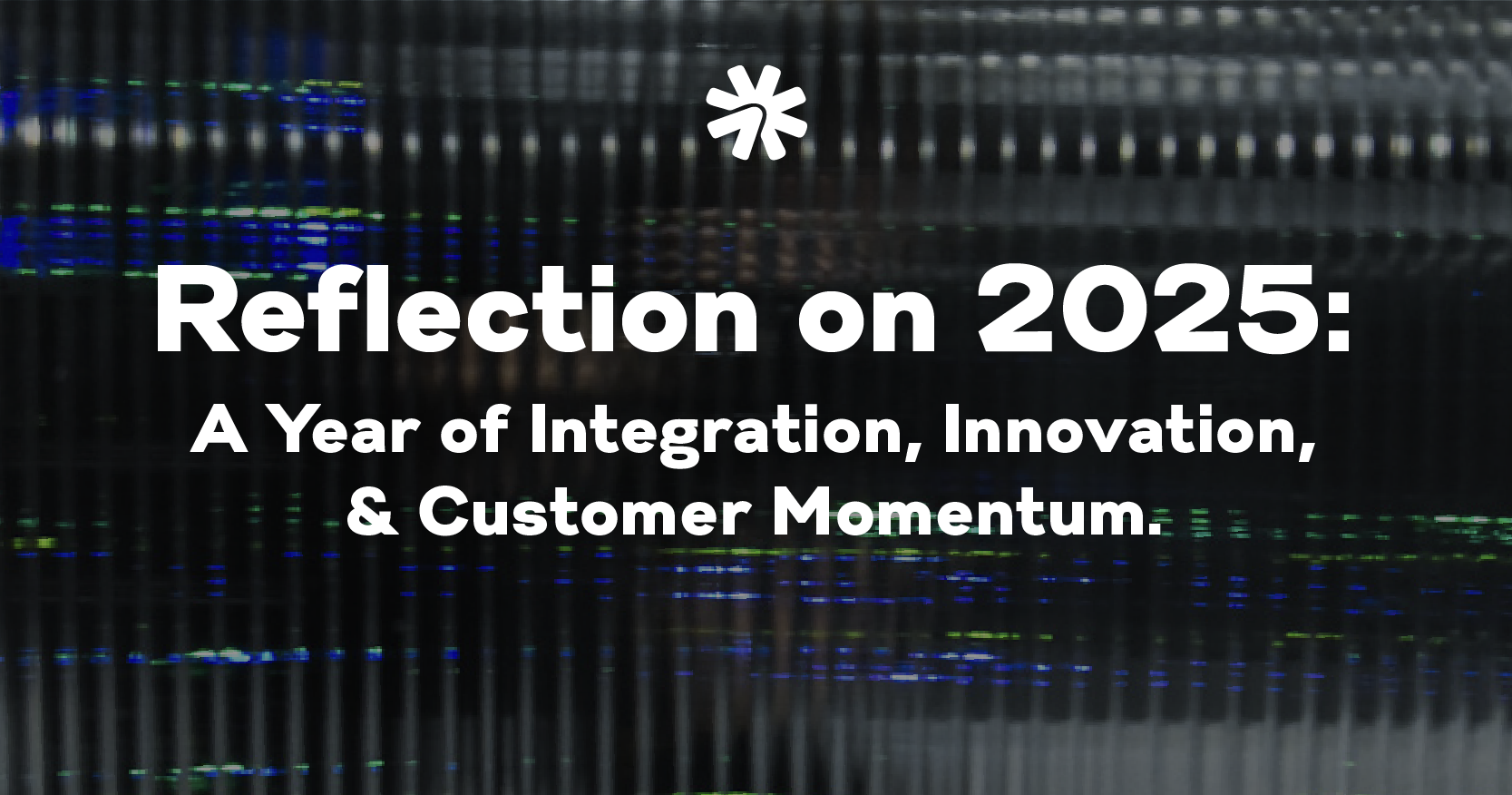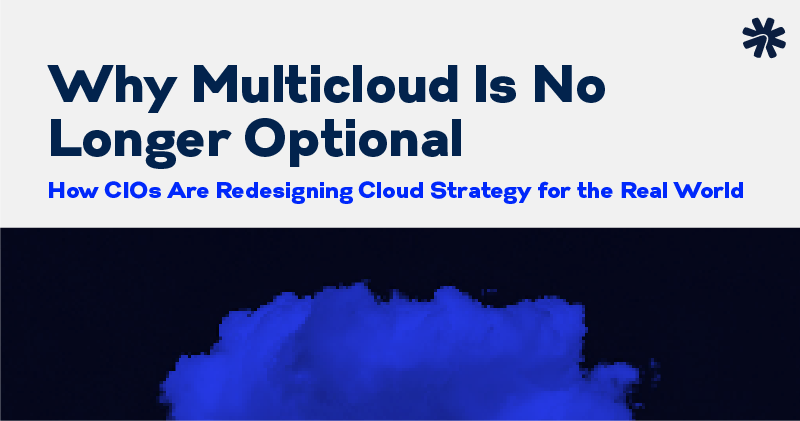Mainframe to Cloud Migration

Updated: January 28, 2023
Mainframes have been around since the early 1950’s. Today, one brand, in particular, is still used by 44 of the top 50 banks and all top 10 insurers worldwide. These large, powerful computers also continue to be the dominant infrastructure for a large number of government, healthcare, airline, and retail organizations and other companies that require the highest standards for performance, security, reliability, and availability.
If mainframes are getting the job done to the satisfaction of 71% of global Fortune 500 companies, is there any reason for a mainframe to cloud migration or even a mainframe modernization? The answer is maybe, with a strong inclination towards yes.
Mainframe Modernization and Migration
From escalating costs to lost opportunities, the negative repercussions of using mainframes are starting to catch up with many organizations.
Particularly among younger developers, COBOL and other mainframe computing languages are becoming less commonly known. As workers with expertise in these languages retire, organizations are struggling to hire knowledgeable staff . Without the necessary expertise, they won’t be able to maintain current operations, much less move forward.
Another issue: mainframes don’t have the horizontal scalability and flexibility to handle the rapid, often fluctuating resource demands resulting from continually increasing user and transaction volumes. Tightly coupled and complex architectures with equally complex interdependencies also make mainframes more expensive and difficult to operate and maintain.
Mainframes also lack the variety of resources and automation that enable the cloud and practices like DevOps to facilitate cost savings, enhanced performance, and accelerated time to market. There are methods to improve mainframe core functionality and to simplify the tasks of integrating with or modernizing mainframe apps. Depending on an organization’s situation and objectives, investing in a mainframe modernization instead of a cloud migration may not have long-term value.
Benefits of Mainframe to Cloud Migration
Some organizations may hesitate to embark on a cloud migration due to their existing mainframe investment. The cost benefits of the migration often can make up for it.
There’s the switch from capital expenses to operating expenses that comes from not having to buy, upgrade and maintain equipment. Using pay-as-you-go pricing, organizations only pay for the cloud resources used and not for excess capacity as is the case with mainframes. They can scale up and down as needed with minimal effort and investment.
There’s no licensing required for specific hardware and software, no expensive proprietary environments, and no vendor lock-in. Transactions can be offloaded to a distributed data fabric, addressing the issue with MIPS (Millions of Instructions per Second) costs.
There are also the benefits of what the cloud delivers. It supports business continuity and disaster recovery . It enables organizations to better leverage newer technologies, services, and processes such as artificial intelligence, machine learning, data-driven decision-making, and more.
In addition, it helps eliminate dependency on scarce skills and makes it easier to attract talent interested and experienced in cloud technologies and agile methodologies. That facilitates faster time to market and the development of innovative products and services and better customer and end-user experiences.
On the environmental from, mainframes are resource heavy. The cloud is more energy efficient. Mainframes are usually housed in dedicated, private data centers requiring high levels of energy consumption. The cloud can handle various workloads with only a fraction of the energy consumption of traditional infrastructure deployments.
To Migrate or Not
There are many factors that go into determining if a mainframe-to-cloud migration is the best solution for your organization, if you should consider a hybrid strategy or if you should upgrade your current mainframe. The following are some of the considerations that can help make that decision.
- Are your mainframe systems well documented?
- Do you have staff with the expertise to fully support and maintain the mainframe and its apps in the future?
- Is any of the software on the mainframe authored by a company no longer in existence?
- Is your mainframe infrastructure up for a refresh or replacement?
- How much of your budget is tied up in maintaining an older mainframe instead of using it for more strategic endeavors?
- Is any of the data processed on the mainframe subject to regulatory or other requirements that have prevented your organization from moving to the cloud previously?
- Is the existing mainframe meeting current and emerging needs like those of mobile and remote users?
- Is the data in the mainframe available to distributed applications economically?
- What is the total cost of maintaining your existing mainframe system in terms of installation, maintenance, licensing, cooling, power, staffing, and other key factors? What would be the cost of a comparable cloud environment?
- Do you have a business continuity/disaster recovery plan in place that covers your mainframe system? Is it tested? Is it cost-effective?
- Do you have workloads that could benefit from the cloud’s scalability?
- Has your organization started its digital transformation journey? If so, where is it in the process? Have you investigated how moving to the cloud could facilitate, or even accelerate, the process?
- Is your organization able to leverage DevOps and other methodologies and tools?
- Are your mainframe systems enabling your organization to pursue innovation at the level it wants?
- Is your organization using any cloud services? If yes, what are they used for, and by who? Are they meeting the desired requirements? Are there plans for future cloud services?
Cloud Migration Considerations
All cloud migrations involve at least some technical complexity, particularly if you will be dealing with undocumented code and legacy languages and data stores.
There’s also the risk of downtime, compliance issues, training needs, and other variables to consider. The scope of the project will play an important role. Will you be moving everything to the cloud or implementing a hybrid IT strategy that moves some workloads to the cloud and keeps some on-premises? Is there a specific time requirement for completion? The migration and/or modernization method matters too. Will it entail:
- Retaining some or all of the mainframe’s capabilities and remediating or amending any specific pain points?
- Replacing the mainframe or any of its capabilities with a combination of off-the-shelf or SaaS solutions?
- Rehosting to a lower-cost location to take advantage of cost savings without the risks associated with programming language changes?
- Re-platforming by moving to a new platform/operating system infrastructure that requires a few changes to the code and programming language?
- Refactoring the existing code or programming language to reduce technical debt and the challenge of recruiting qualified staff?
- Reimagining your business operations, agility, and performance by leveraging the cloud’s features, which will require establishing new KPIs and measures of success?
Mainframe to Cloud Migration Steps
Each mainframe-to-cloud project is unique, but here’s what the process typically looks like:
- Information Gathering – This includes determining your organization’s business and technical requirements, objectives, and key performance indicators, as well as resource availability, budgets, and project parameters.
- Discovery – If you haven’t done so already, you’ll need to conduct an audit to locate and identify all the apps, languages, databases, networks, platforms, and processes in the current mainframe environment. You’ll also need to determine the interrelationships between apps and the external integration points.
- Design and Architecture – This entails building out the cloud environment, taking into account security, transaction loads, batch requirements, programming language conversions and replacements, integration with external systems, third-party software requirements, workflows, and accommodations for future requirements.
- Proof of Architecture – Run a proof of concept to make sure the architecture works as intended and achieves the required objectives. Make any necessary modifications before the actual migration.
- Migration/Modernization Planning ─ Create a plan that specifies all elements of the migration process. This includes defining roles and responsibilities; putting together the schedule; contingency planning for downtime or business disruptions; testing; backup and disaster recovery; communication and other components.
- Migrate / Modernize – Execute the plan.
- Test – Check for satisfactory integration, data access, code modifications to accommodate data type changes, newly developed code, etc.
- Go Live. Put the new environment into action.
- Follow up. Document and evaluate the lessons learned. Continue to assess the effectiveness of the environment in meeting the project’s objectives.
US Signal for Mainframe Migrations
Mainframe-to-cloud migrations tend to be complex. If they’re not done right, they can cause more problems than they solve. Success requires experience and expertise. US Signal has both.
US Signal is highly experienced in cloud migrations, including mainframe to the cloud. Drawing on our expertise and experience, we determine the best migration and/or modernization approach and the most appropriate cloud architecture. Importantly, we tailor everything we do to the specific needs of our clients specific needs and incorporate flexibility to accommodate those needs as they change.
To learn more or to discuss an upcoming migration project, contact us .



